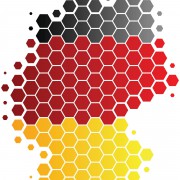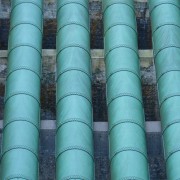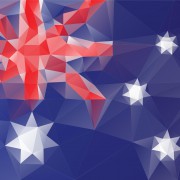
BACK TO OVERVIEW
Ambassador’s Message – BILATERAL RELATIONS ON A STEADY COURSE
It is a pleasure for me to again highlight a few of the developments in our bilateral relations, which broadly can be seen on a steady course following the conclusion and signing of a Strategic Partnership document in January, on the occasion of a visit to Berlin by Foreign Minister Senator Bob Carr.
The visit marked the culmination of our diplomatic anniversary year (ensuing from the first exchange of ambassadors in 1952) and refreshed our Minister’s and his German counterpart Mr Westerwelle’s joint commitment to a partnership of shared values focused on making a solid contribution to furthering the interests of the international community.
It also opened the scene for a series of activities around the 200th birthday of Ludwig Leichhardt, the iconic explorer who represents German-Australian links in such a particular way, giving us an opportunity to reflect on and showcase our strong collaboration in science and research. An early highlight was a special ‘Festakt’ commemorating Leichhardt in the Bundestag in mid February, to be followed now by a range of events in the Spreewald area, Leichhardt’s original home.
On an entirely different issue, we have been successful, finally, in conducting the first repatriation of Australian Indigenous ancestral remains from a German institution. A delegation of the Office for the Arts and Indigenous representatives from Queensland and South Australia came to Berlin in late April to collect remains from collections held by the Charité Medical Hospital. In a very memorable, solemn ceremony, the Traditional Owners and the Parliamentary Secretary for the Arts, the Hon Michael Danby MP, underlined the significance of the event and gave a strong signal to other institutions around Germany to positively consider similar returns.
It is thus encouraging for me to see substantial steps being made in a number of areas, and I am looking forward to other targeted activities taking me around Germany before completing my posting later this year.




